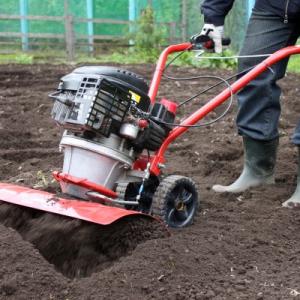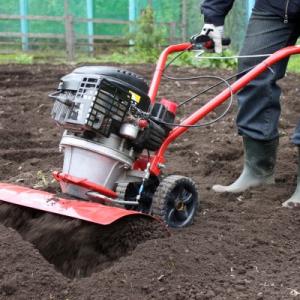Soil Turning: Mckinney
Soil Turning in Mckinney
Get help with Soil Turning in Mckinney. Fill out the form above and we will connect you with local Mckinney pros. Soil turning offers numerous advantages for your landscaping or gardening projects. This process helps to improve soil quality by enhancing its structure, increasing nutrient availability, and promoting better water drainage. By turning the soil, you can break up compacted areas, which allows roots to penetrate deeper and promotes healthier plant growth. Additionally, soil turning helps to control weeds by disrupting their root systems and exposing them to the elements. This technique also aids in the incorporation of organic matter, such as compost or manure, which enriches the soil and enhances its fertility. Overall, soil turning is an effective and beneficial method to optimize your soil's health and create an ideal environment for your plants to thrive.Soil Turning FAQ
Q: What Is The Purpose Of Soil Turning And Why Is It Important?
Answer: The purpose of soil turning, also known as tilling or plowing, is to break up compacted soil, improve its structure, and mix in organic matter. It is important because it helps enhance aeration, drainage, and nutrient availability in the soil, promoting healthy plant growth and maximizing crop yields.Q: How Often Should Soil Turning Be Done In A Garden Or Agricultural Setting?
Answer: Soil turning in a garden or agricultural setting should be done once or twice a year, depending on the specific needs of the soil and the crops being grown.Q: What Are The Benefits Of Soil Turning For Plant Growth And Overall Soil Health?
Answer: Soil turning, also known as tilling or cultivation, offers several benefits for plant growth and overall soil health. It helps to break up compacted soil, improve aeration, and enhance water infiltration. Soil turning also promotes nutrient distribution and root development, leading to healthier and more productive plants. Additionally, it can aid in weed control and the incorporation of organic matter, further enhancing soil fertility.Q: Are There Any Specific Techniques Or Tips For Effectively Turning Soil Without Damaging Its Structure?
Answer: Yes, there are specific techniques and tips for effectively turning soil without damaging its structure. Some key tips include using the right tools such as a garden fork or spade, working when the soil is slightly moist but not overly wet, avoiding excessive force or pressure, and incorporating organic matter to improve soil health.Soil turning, also known as soil inversion or plow-based tillage, is a method used in agriculture to prepare the soil for planting. It involves mechanically turning the top layer of soil, typically using a plow or similar implement, to disrupt the existing soil structure and mix in organic matter or amendments. This process helps to break up compacted soil, improve drainage, and incorporate nutrients, promoting healthier plant growth. Soil turning can also help control weeds by burying their seeds deeper into the soil, reducing their germination rate. This technique has been used for centuries and is still employed in various agricultural practices today.



